
I started with the sofa. By giving this a thorough spritz and polish I knew that the entire living room would brighten dramatically. Here’s how I did it:
Dust.
This is the most important first step. It ensures that any dirt residue will not be absorbed into the leather during the cleaning process. I did this with a vacuum, but you can easily do it with a soft dusting cloth. Observe and mark out grimy spots.
It’s worth doing this under a good source of natural light. I cleaned my sofa in the morning and kept the windows open so that plenty of sunshine streamed in through the windows and I was able to mark out any streaks or stains.
Clean
Apply a deep clean leather soap directly to these areas using a soft cloth. Continue to the remaining areas of the sofa. Rub well before wiping off excess cleaner and dirt with a dry cloth.
Condition
Follow with a leather care hydrating cream. The beeswax, lanolin and emu oil can rejuvenate leather to a soft and luxurious finish.
Cushion it up!
Kick off this spring with some spunky new cushions and a fresh new throw for your couch. Small things like colourful cushions and throws can give your clean sofa a fresh new feel.
Keep it clean.
I was so inspired by this fresh new look that I’ve invested in some regular leather wipes. Baby spew on the couch? No problem at all!

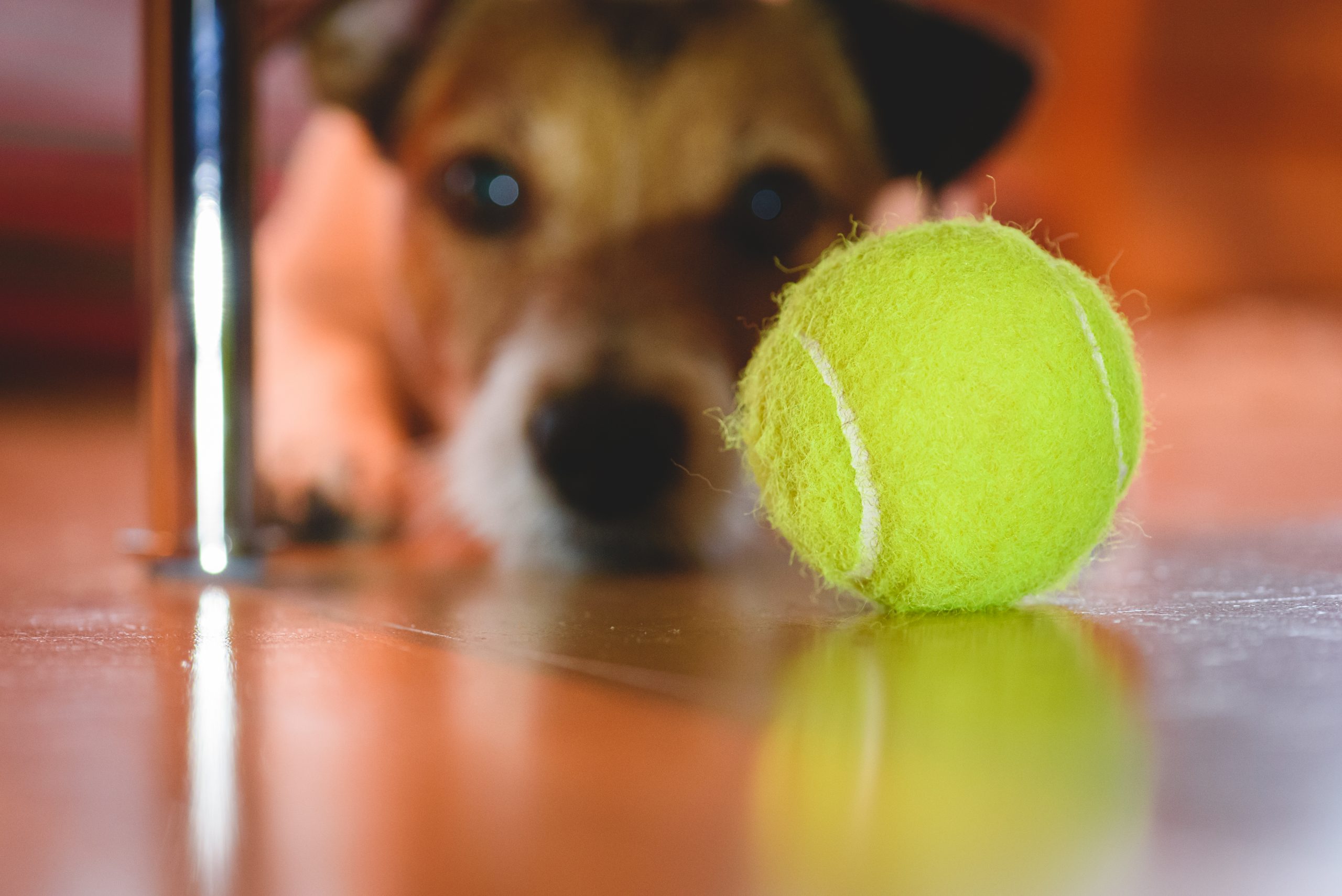
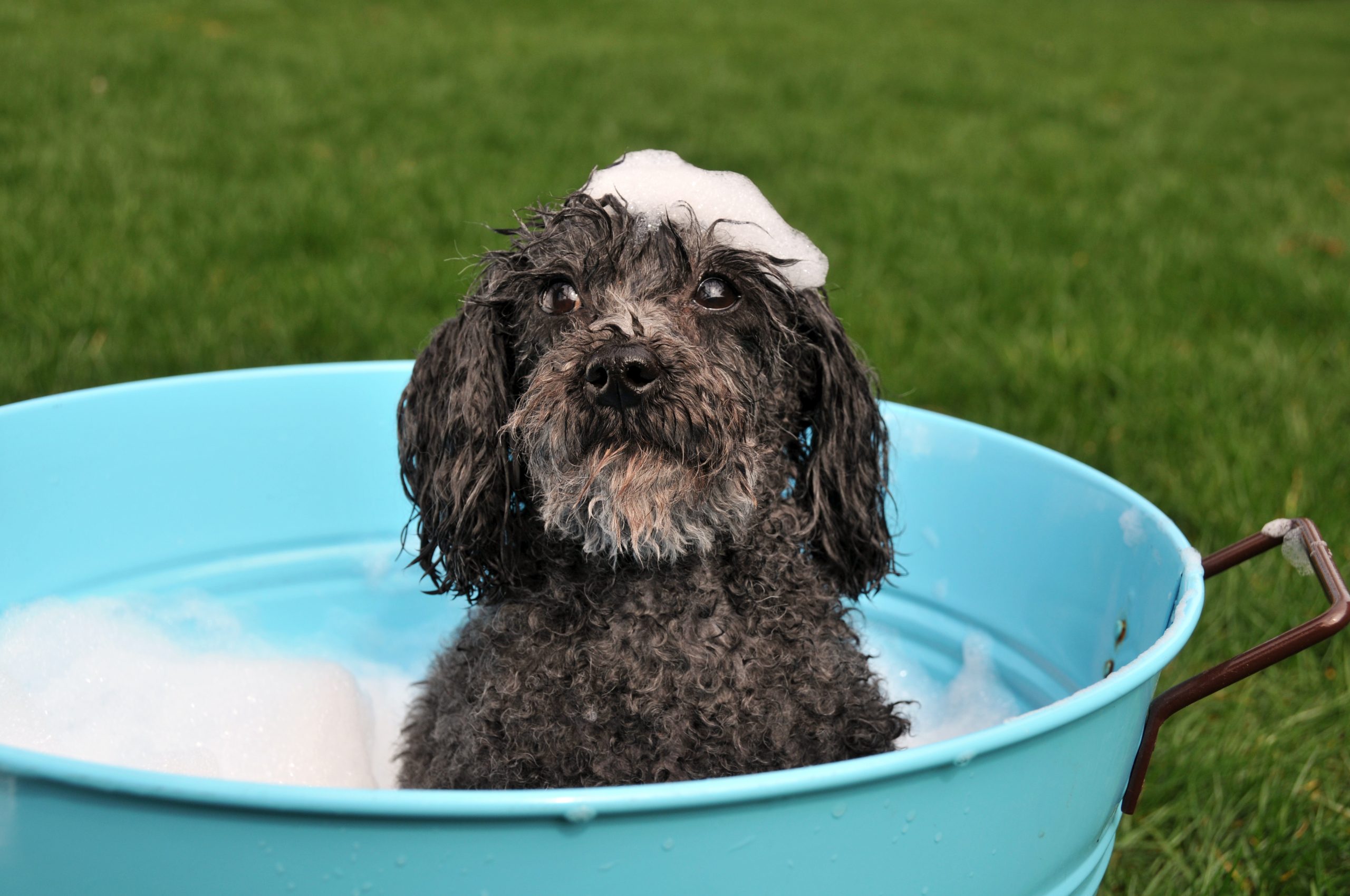

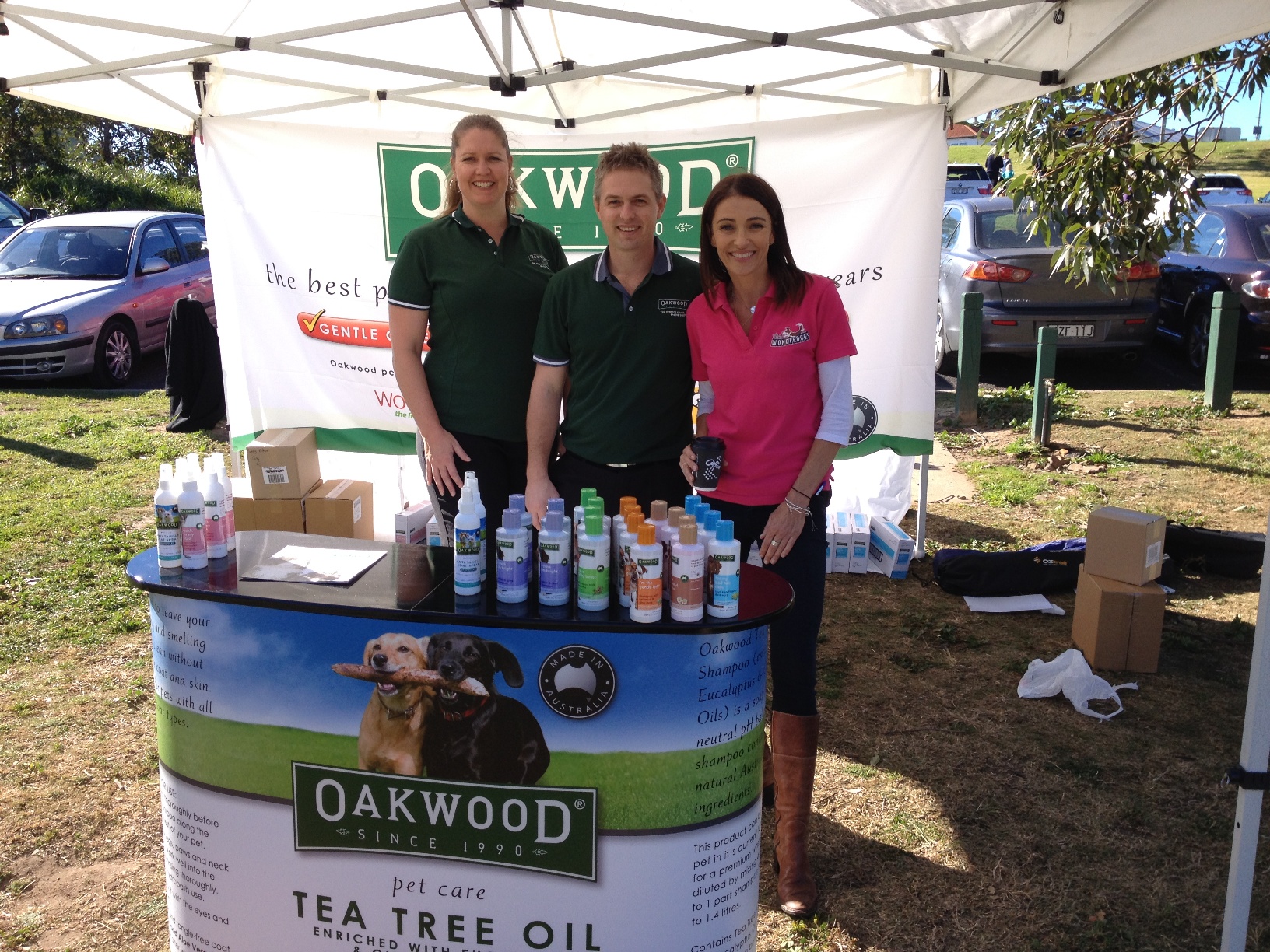
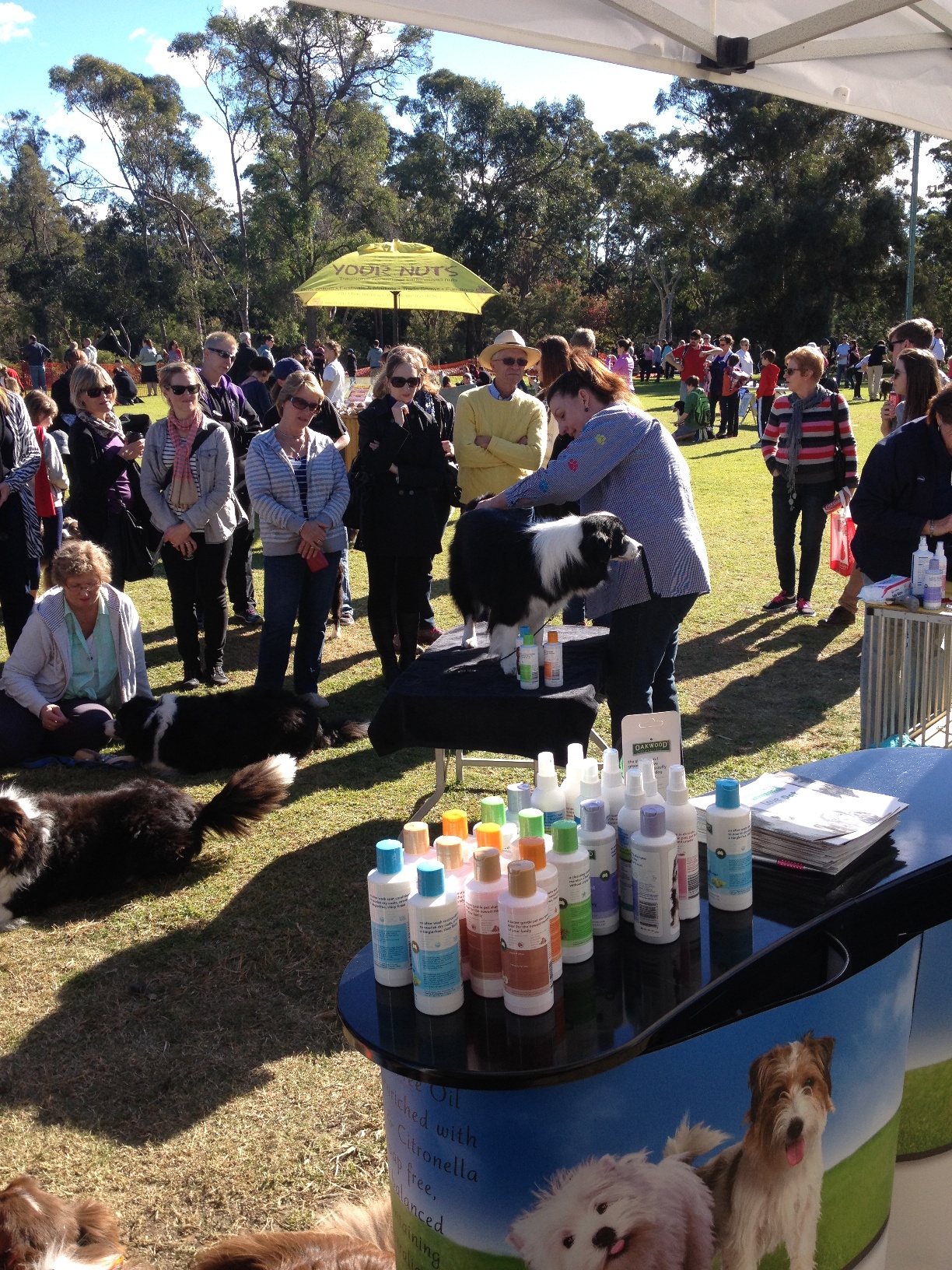

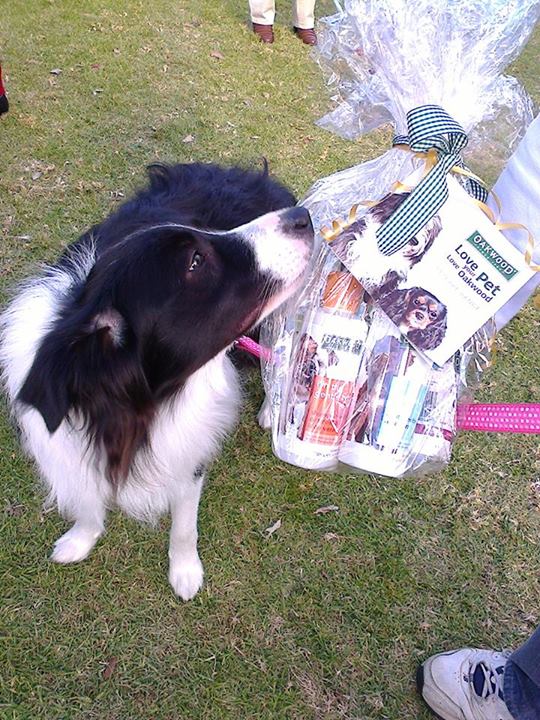
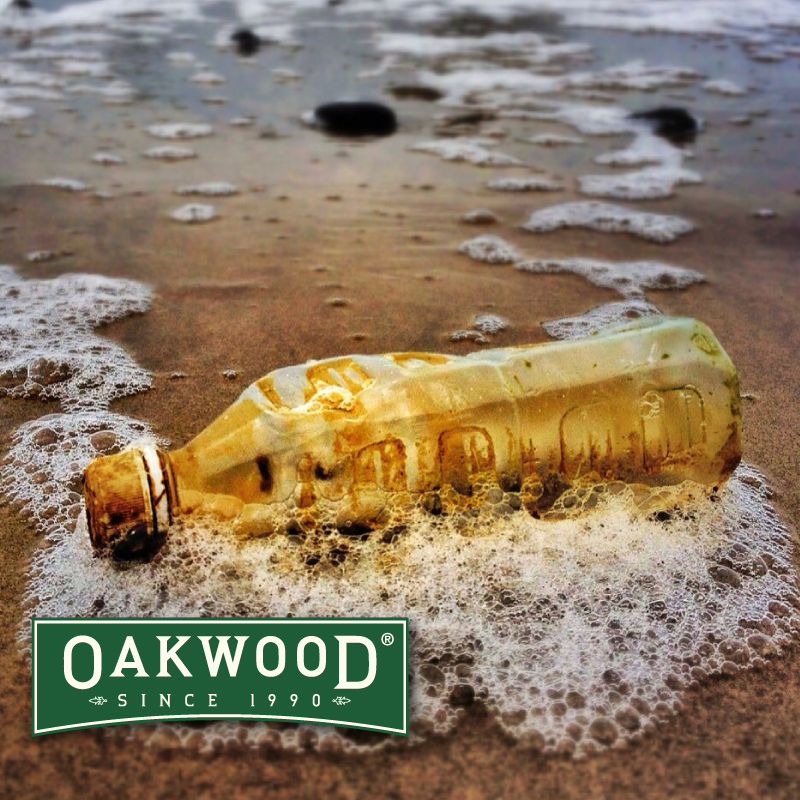
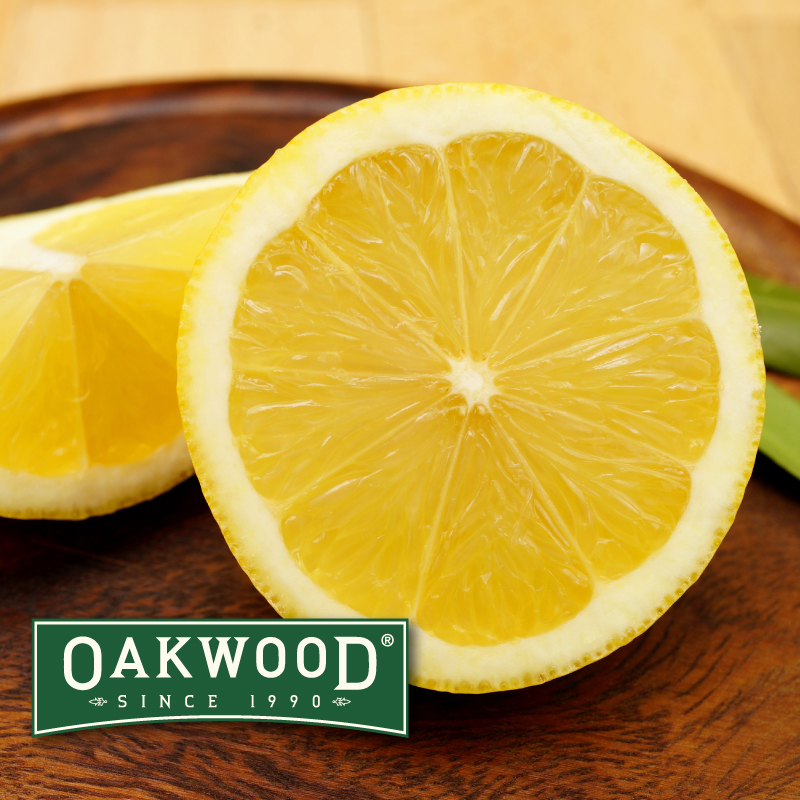
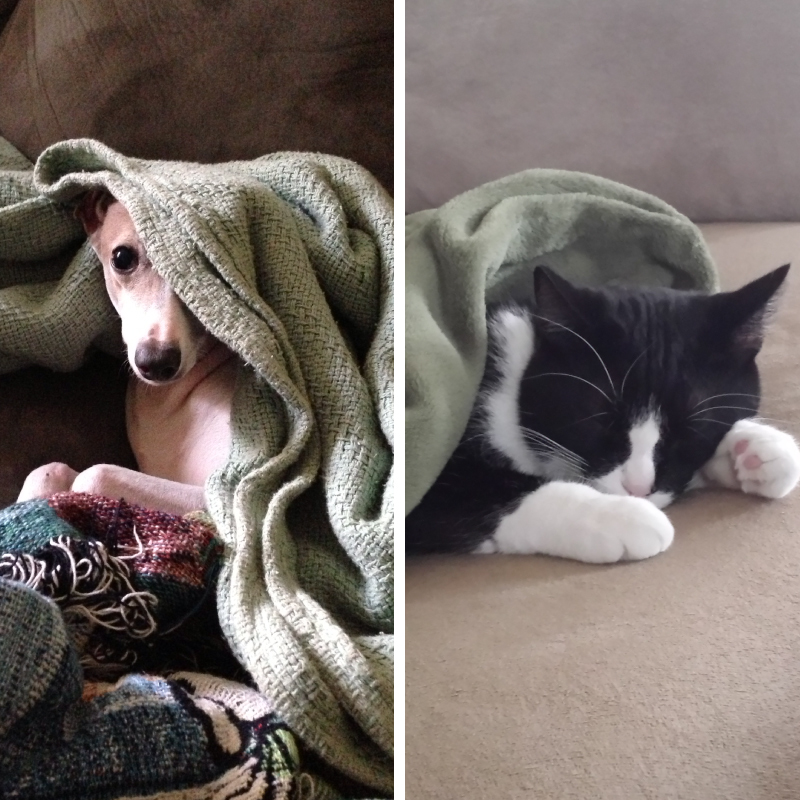

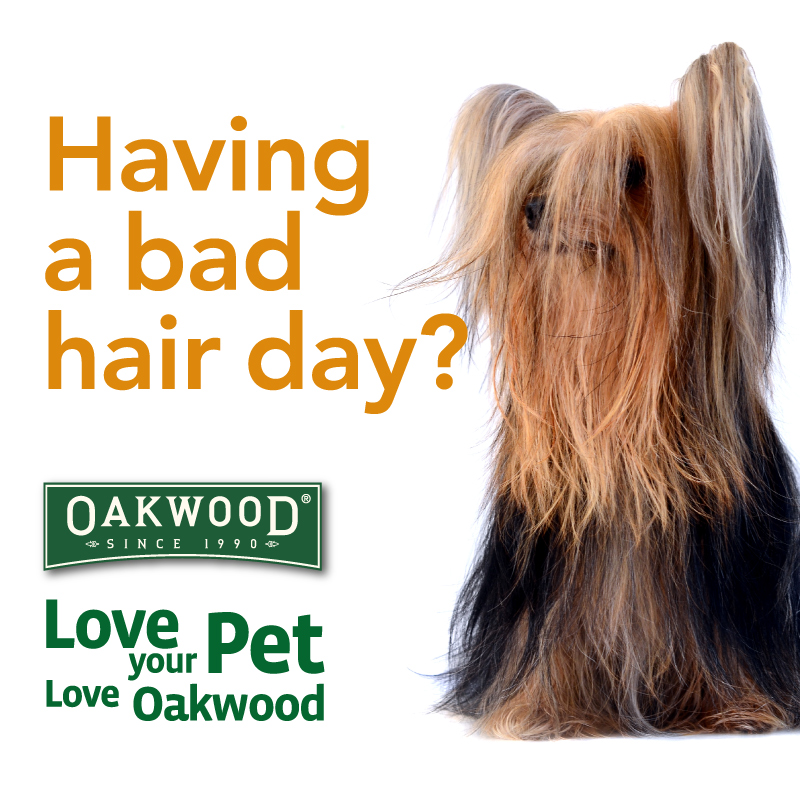
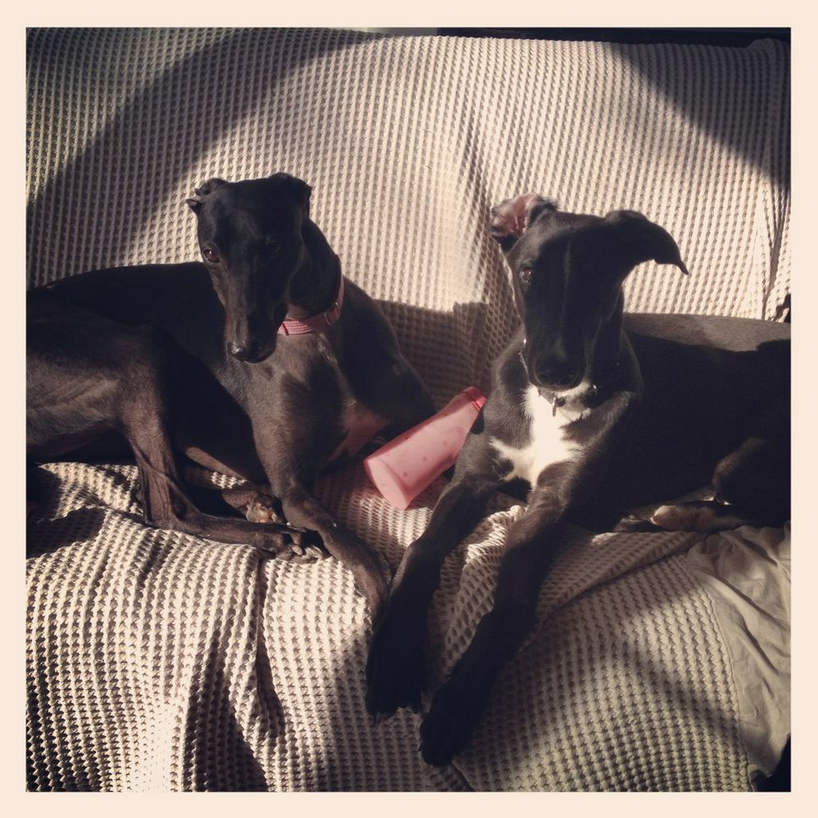 Regularly brush your pet – Cats and dogs (and rabbits and guinea pigs and rats), long haired or short, will all shed their fur, so it is important to help the process and regularly brush them. The more loose hair you get rid of outside, the less you deal with inside.
Regularly brush your pet – Cats and dogs (and rabbits and guinea pigs and rats), long haired or short, will all shed their fur, so it is important to help the process and regularly brush them. The more loose hair you get rid of outside, the less you deal with inside.